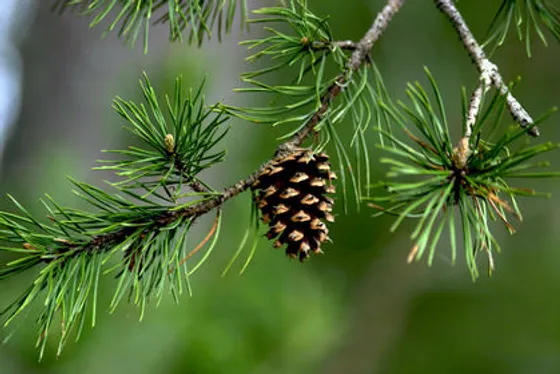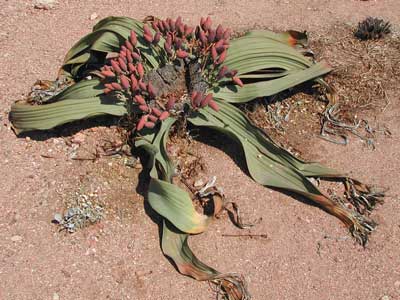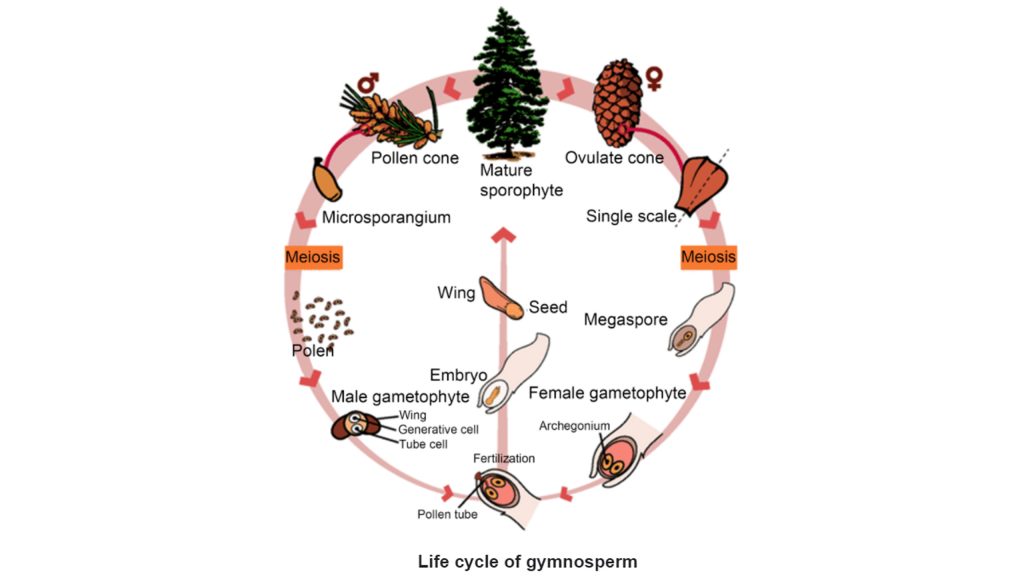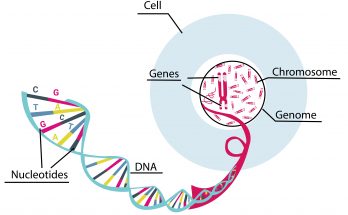Gymnosperms are a group of seed-producing plants that are classified as vascular plants because they have specialised tissues for transporting water and nutrients. Unlike angiosperms, which are the flowering plants, gymnosperms do not produce flowers or fruits. Instead, their seeds are typically exposed, which is reflected in their name derived from the Greek words “gymnos” (meaning naked) and “sperma” (meaning seed).
The distinguishing feature of gymnosperms is their unenclosed or “naked” seeds that are often found on the scales of cones. These plants are some of the oldest living seed plants, with fossil evidence indicating their presence since the Paleozoic era, around 390 million years ago. This long evolutionary history highlights their adaptability and ecological importance in various environments around the world.
Also Check – Angiosperms- Characteristics, Classification, and Reproductive Biology
Table of Contents
Characteristics of Gymnosperms
- Naked Seeds- Gymnosperms produce seeds that are not enclosed within a fruit or ovary. These seeds are exposed on the surface of specialised structures known as cones, making them “naked” in contrast to the enclosed seeds of angiosperms.
- Lack of Flowers- Gymnosperms do not form flowers. Their reproductive processes occur in cone-like structures, which serve as the sites for seed development and production, differing fundamentally from the flower-based reproduction of angiosperms.
- Cones (Strobili)- The reproductive structures of gymnosperms are cones, which are sometimes referred to as strobili. Male cones are responsible for producing pollen, whereas female cones contain ovules that, once fertilised, develop into seeds.
- Needle-Like Leaves- Many gymnosperms, such as pines and spruces, are characterised by needle-shaped leaves. These leaves have a thick cuticle and sunken stomata, adaptations that minimise water loss and are particularly beneficial in dry or cold environments.
- Woody and Perennial- Gymnosperms are predominantly woody plants, growing as either trees or shrubs. They are perennial, enduring over multiple seasons and often achieving considerable longevity.
- Direct Wind Pollination- In the absence of flowers, gymnosperms rely on wind for pollination. Pollen grains are carried by the wind from male cones to female cones, facilitating fertilisation in a process known as anemophily.
- Vascular Tissues- Gymnosperms are equipped with well-developed vascular tissues, including xylem for water transport and phloem for nutrient transport. These structures support their ability to grow tall and thrive across various environmental conditions.
- Ecological Significance- As primary producers, gymnosperms play a vital role in their ecosystems. They provide essential habitat, food, and shelter for various species. Economically, conifers are particularly valuable for products such as timber, paper, and resin.
Also Check – 10 Key Differences Between Angiosperms and Gymnosperms
Classification of Gymnosperms
Gymnosperms, a key group of seed-producing plants, are classified into four main divisions based on their distinctive characteristics.
Cycadophyta (Cycads)-

- Reproductive Strategy- Cycads are dioecious, meaning individual plants are either male or female.
- Historical Significance- They flourished during the Jurassic and late Triassic eras, highlighting their ancient origins.
- Physical Characteristics- Characterised by large compound leaves, thick trunks, and small leaflets attached to a central stem.
- Habitat- Predominantly found in tropical and subtropical regions.
Coniferophyta (Conifers)-

- Examples- This division includes familiar trees like pines, spruces, and firs.
- Reproductive Structures- Cones serve as their primary reproductive structures.
- Adaptations- Well adapted to cold climates, making them prevalent in temperate zones.
Ginkgophyta (Ginkgo)-

- Species Diversity- Consists of only one living species, Ginkgo biloba.
- Leaf Characteristics- Notable for its distinctive, fan-shaped leaves.
- Environmental Resistance- Shows a high resistance to pollution, making it a favoured ornamental tree in urban areas.
Gnetophyta (Gnetophytes)-

- Genera Included- Comprises three genera- Gnetum, Ephedra, and Welwitschia.
- Diversity- Exhibits a wide range in appearance and habitat, adapting to various environmental conditions.
Examples of Gymnosperms
Conifers-
- Pines- Pinus sylvestris (Scots pine), Pinus radiata (Monterey pine)
- Sequoias- Sequoiadendron giganteum (giant sequoia), Sequoia sempervirens (coast redwood)
- Firs- Abies alba (European silver fir), Abies balsamea (balsam fir)
- Hemlock- Tsuga canadensis (eastern hemlock)
Cycads-
- Cycas revoluta (sago palm), Cycas circinalis
Ginkgoes-
- Ginkgo biloba (the only species in this group, known for its distinctive fan-shaped leaves)
Gnetophytes-
- Welwitschia mirabilis (notable for its two continuously growing leaves in the Namib Desert)
- Ephedra sinica (used in traditional medicine)
Life Cycle of Gymnosperms
The life cycle of gymnosperms is an example of alternation of generations, involving both sexual and asexual phases.

Alternation of Generations-
- Gymnosperms exhibit alternation of generations, featuring a cyclical transition between a diploid sporophyte phase and a haploid gametophyte phase.
- The dominant phase is the sporophyte generation, which is visibly the larger and longer-living plant form.
Also Check – Gymnosperm Life Cycle with Pine Tree Example
Sporophyte Generation (Diploid – 2n)-
- The sporophyte is the main phase of the gymnosperm life cycle.
- It arises from the fertilised egg and is diploid, containing two sets of chromosomes.
- This generation produces spores by meiosis that are destined to develop into gametophytes.
- It is responsible for developing both male and female reproductive structures, generally in the form of cones.
Reduced Gametophytes-
- The gametophytes of gymnosperms are significantly reduced in size and complexity compared to the sporophytes.
- They develop within the protected environment of the sporophyte structures (cones), rather than existing independently.
Heterospory-
- Gymnosperms are heterosporous, producing two distinct types of spores-
- Microspores- These develop into male gametophytes, or pollen grains.
- Megaspores- These develop into female gametophytes within the ovules.
Reproductive Structures-
- Male Cones (Microstrobili)- These smaller structures produce microspores through microsporangia. The microspores undergo meiosis to form pollen grains.
- Female Cones (Megastrobili)- Larger than male cones, they house ovules where megaspores are produced. A single megaspore mother cell in each ovule undergoes meiosis, producing four megaspores, of which typically only one survives to develop into a female gametophyte.
Gametophyte Development-
- Male Gametophyte- Pollen grains, each containing a male gametophyte, are released to the wind and carried to female cones.
- Female Gametophyte- The surviving megaspore within the ovule develops into a female gametophyte, forming structures that will eventually produce egg cells.
Pollination and Fertilisation-
- Pollen grains land on the sticky surface of a female cone and begin to germinate, growing a pollen tube towards the ovule.
- The pollen tube facilitates the delivery of sperm cells to the egg cell within the ovule.
- Fertilisation occurs when a sperm cell merges with an egg cell, forming a zygote.
Seed Development-
- The zygote develops into an embryo within the ovule, which now matures into a seed.
- The seed is a package that contains the embryonic plant (new sporophyte) and a nutrient supply, encased in a seed coat.
Also Check – Why is Double Fertilization in Gymnosperms absent ?
Economic Importance of Gymnosperms
The economic importance of gymnosperms is multifaceted, impacting various sectors from food production to pharmaceuticals.
Food Source-
- Seeds of certain gymnosperms like ginkgo, pinus, and cycas are edible and consumed widely.
- In some regions, gymnosperms are staple foods for indigenous peoples.
- The leaves of some gymnosperm species are used as green leafy vegetables after being soaked.
Starch Production-
- A few gymnosperm species are significant sources of starch.
- Sago, a staple food in several tropical regions, is produced primarily from the starch of these plants.
Medicinal Uses-
- Gymnosperms are invaluable to the pharmaceutical industry for their medicinal properties.
- They are used in the treatment of diseases such as coughs, asthma, bronchitis, and even infectious diseases.
- Notably, the bark of the genus Taxus is used to derive taxol, an important anticancer drug.
Industrial Resources-
- Timber- Gymnosperms, particularly conifers like pines and spruces, are major sources of valuable timber used in construction and furniture making.
- Paper Production- The wood pulp from gymnosperms is extensively used in the paper industry.
- Oil Extraction- Oils extracted from the seeds of gymnosperms are utilised in cooking and in the production of perfumes.
- Cosmetics- Extracts from the bark and other parts of gymnosperms are ingredients in various cosmetic products.
Ornamental Use-
- Many gymnosperms, including some ferns, are popular as ornamental plants due to their aesthetic appeal and are used in landscaping and garden design.
Habitat and Food for Wildlife-
- Gymnosperms provide essential habitat and food sources for diverse wildlife species, supporting ecological balance and biodiversity.



